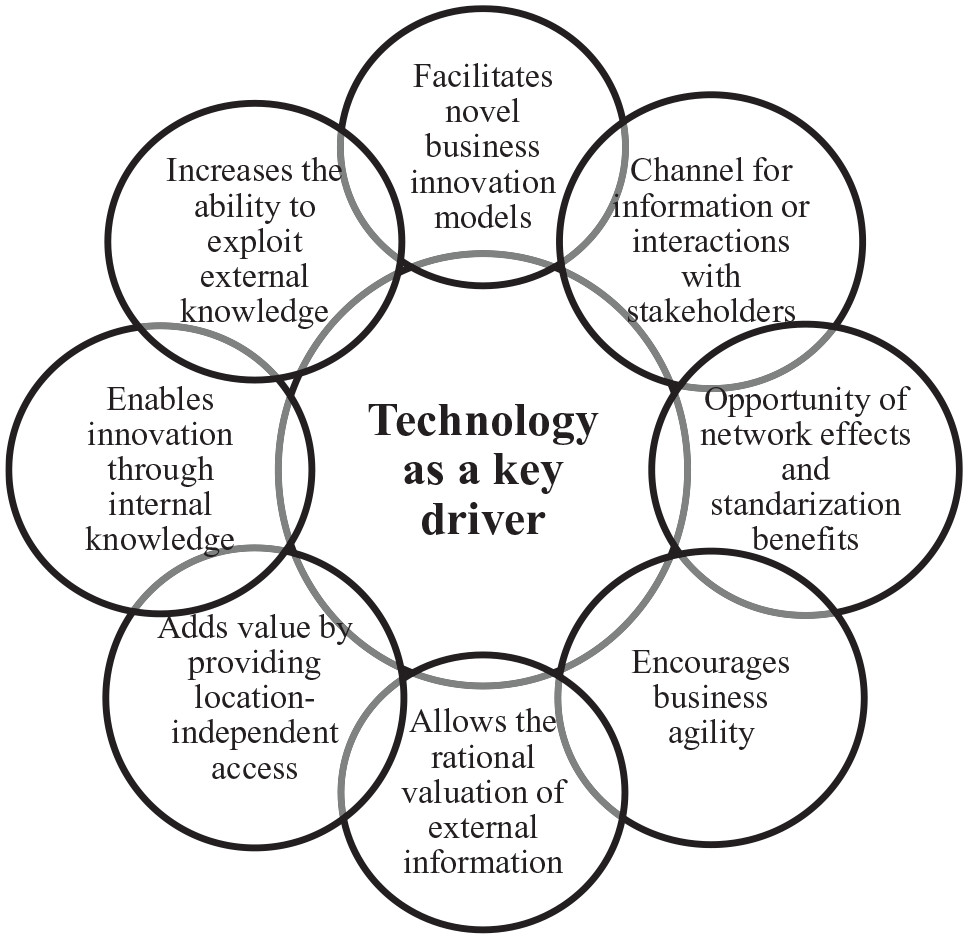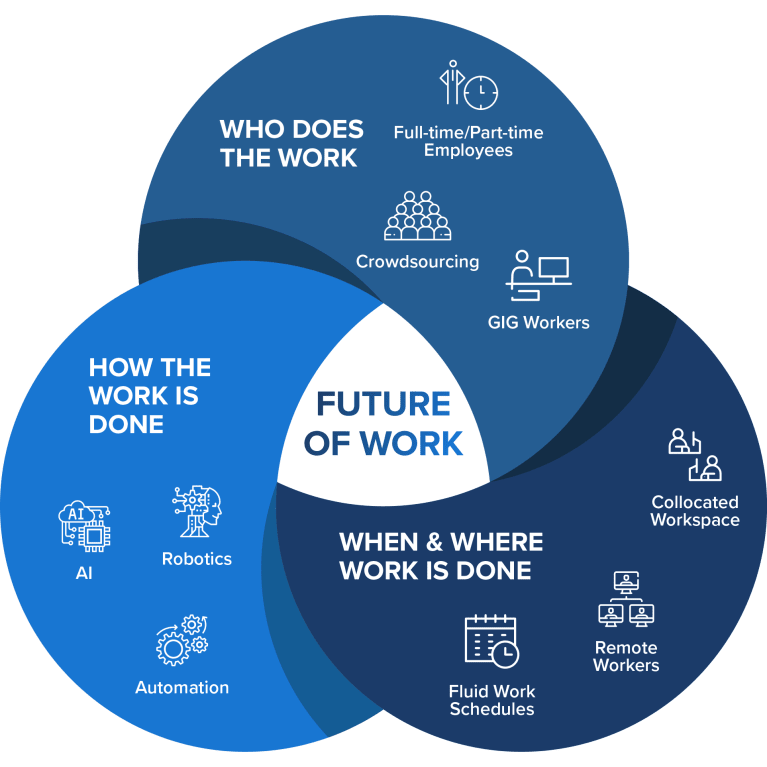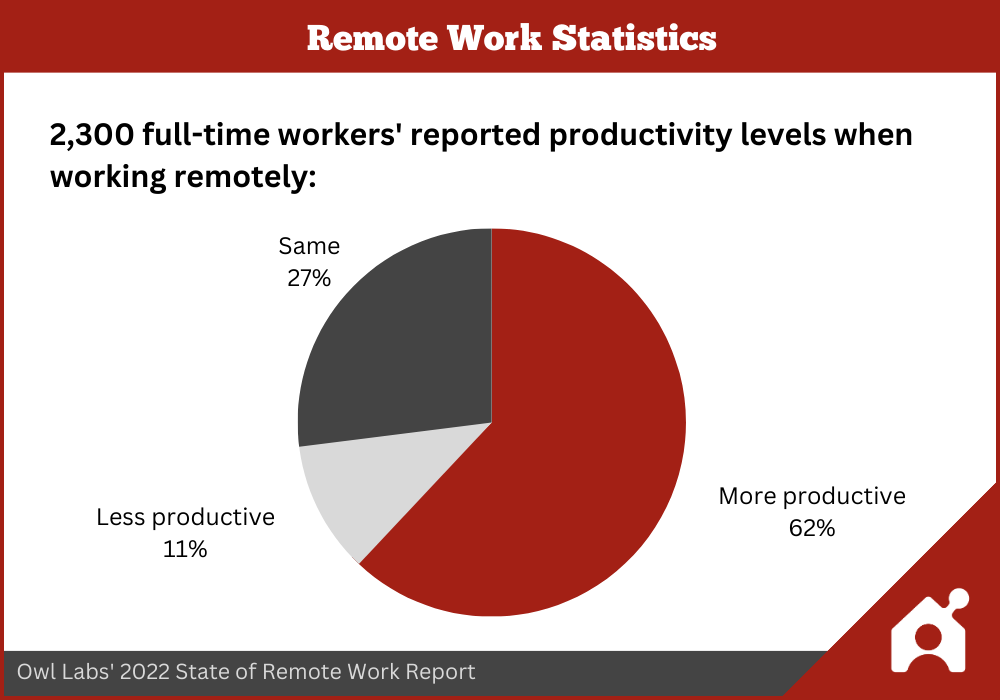In the fast-paced realm of the modern workplace, where connectivity is constant and expectations are high, the well-being of employees often takes a back seat. Consider this: over 70% of employees report experiencing burnout, a telling sign of the challenges many face in maintaining a healthy work-life balance.
In this article, we will delve into the evolving landscape of work and explore how businesses can proactively nurture the well-being of their employees. It's time to strike a balance in the 'Balancing Act' of the modern workplace.
In recent years, rapid technological advancements and the forces of globalization have fundamentally transformed traditional work structures. The advent of sophisticated communication technologies, cloud computing, and collaboration tools has enabled employees to connect and collaborate seamlessly across geographic boundaries. This interconnectedness has given rise to a more dynamic and flexible work environment, breaking down the barriers that once confined work to physical office spaces.

One of the most profound changes brought about by technology is the widespread adoption of remote work. Accelerated by the COVID-19 pandemic, remote work has evolved from a novel concept to a mainstream practice. Employees can now contribute to projects and engage in team activities from virtually anywhere in the world. This shift has not only increased the geographic diversity of teams but has also prompted a reevaluation of the traditional 9-to-5 workday.
The rise of remote work has blurred the lines between professional and personal life. With the ability to work from home or other non-traditional settings, employees often find themselves navigating a complex landscape where the boundaries between work and personal time become less defined. The convenience of remote work is accompanied by challenges, as employees must proactively establish routines and boundaries to maintain a healthy balance.
While technology has granted employees greater flexibility, it has also created a need for intentional work-life integration. Employees now have the freedom to structure their work around personal commitments, but this requires a heightened awareness of setting limits to prevent burnout. The 24/7 accessibility facilitated by technology can lead to an "always-on" mentality, emphasizing the importance of fostering a culture that promotes well-being and encourages downtime.
Technology not only enables remote work but also facilitates seamless collaboration. Virtual meetings, project management tools, and instant messaging platforms have become integral to daily operations. However, the reliance on virtual communication necessitates a conscious effort to maintain interpersonal connections. Striking a balance between digital collaboration and face-to-face interactions becomes crucial for sustaining a healthy work culture.
As businesses adapt to these technological and global shifts, it becomes imperative to understand the impact on employees' well-being. Navigating the changing landscape of work requires thoughtful strategies to harness the benefits of technology while mitigating potential challenges related to work-life balance and mental well-being
Statistics and Insights: Navigating the Modern Workplace Landscape

In the fast-paced realm of the modern workplace, where connectivity is constant and expectations are high, it's essential to delve into the data that illuminates the challenges faced by employees. Let's explore key statistics and insights derived from reputable sources, shedding light on the impact of remote work and the prevalence of burnout.
· Rise of Remote Work: According to a Global Workplace Analytics report, remote work has seen a significant surge, with approximately 82% of U.S. employees working remotely at least part-time. A McKinsey survey found that the adoption of remote work has accelerated, with over 20% of global workers likely to continue working remotely multiple days a week post-pandemic.
· Impact on Employee Well-being: An Owl Labs survey discovered that remote workers report lower stress levels (29% less), improved work satisfaction (27% more), and a better work-life balance (21% more) compared to their on-site counterparts. Conversely, a Harvard Business Review article highlights that the lack of physical separation between work and personal life in a remote setup can lead to increased stress and difficulty in "switching off."

· Prevalence of Burnout: A World Health Organization (WHO) study revealed that burnout is now recognized as an occupational phenomenon, affecting a significant portion of the global workforce. A Gallup poll found that over 76% of employees experience burnout at least sometimes, emphasizing the urgency for businesses to address well-being in the workplace.
These statistics underscore the need for businesses to proactively address the challenges posed by the evolving workplace, emphasizing the importance of fostering a healthy work culture.
In our next article, we will explore strategies and solutions to ensure employee well-being remains a priority in the modern business landscape.